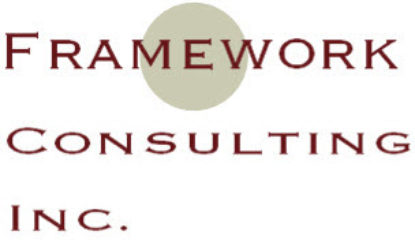I recently wrote an article for the Jamaica Gleaner on “How to Reward Staff Without Spending a Fortune. ” It was picked up by TVJ and I subsequently appeared on their morning show to discuss the book – in a 7 minute segment!
” It was picked up by TVJ and I subsequently appeared on their morning show to discuss the book – in a 7 minute segment!
I also made a radio show for CaribHR.Radio on the same topic, in which I interviewed Brenda Pope of KPMG. Talk about repurposing content…


